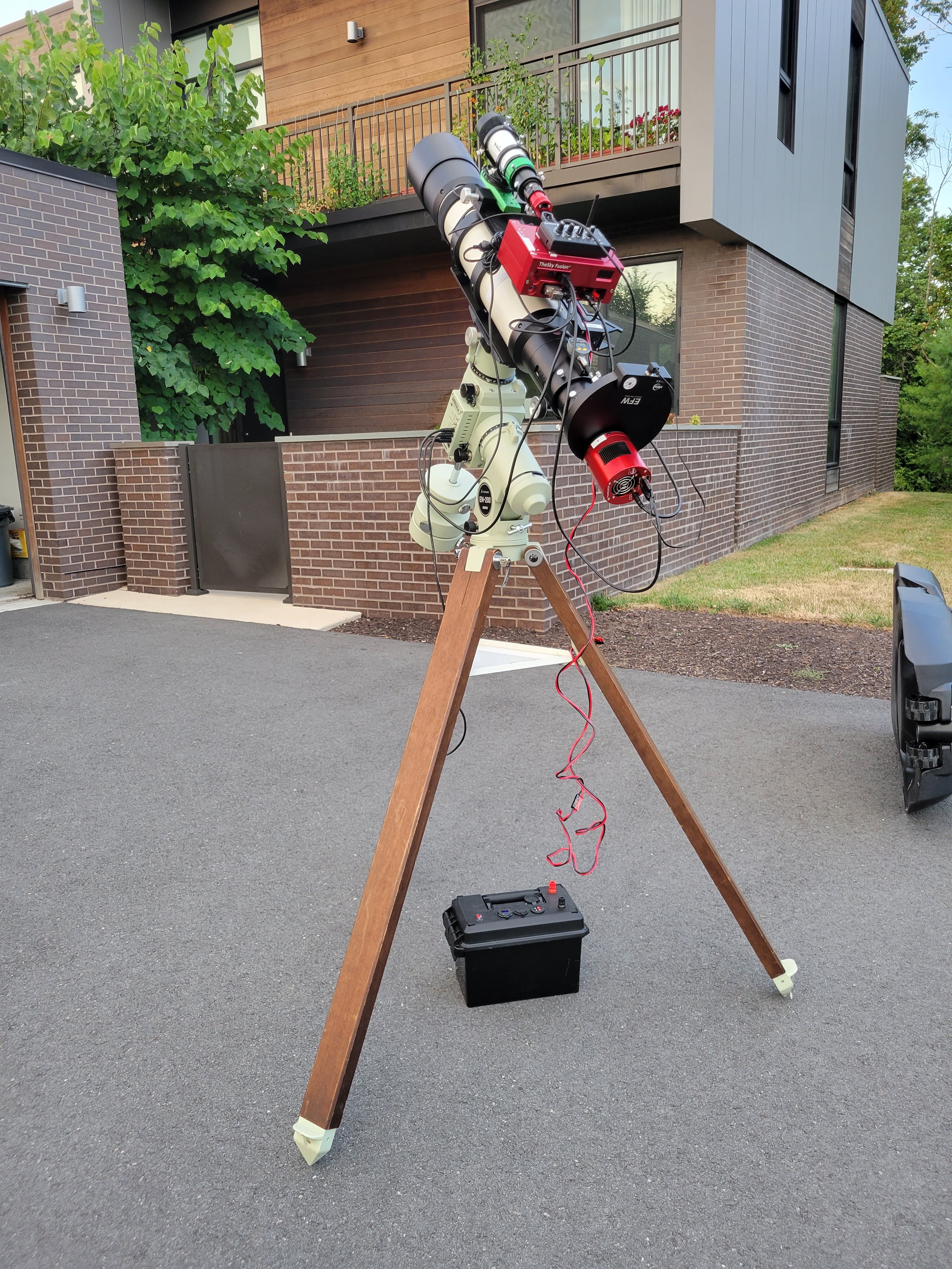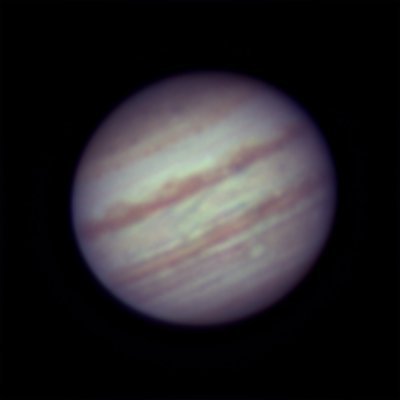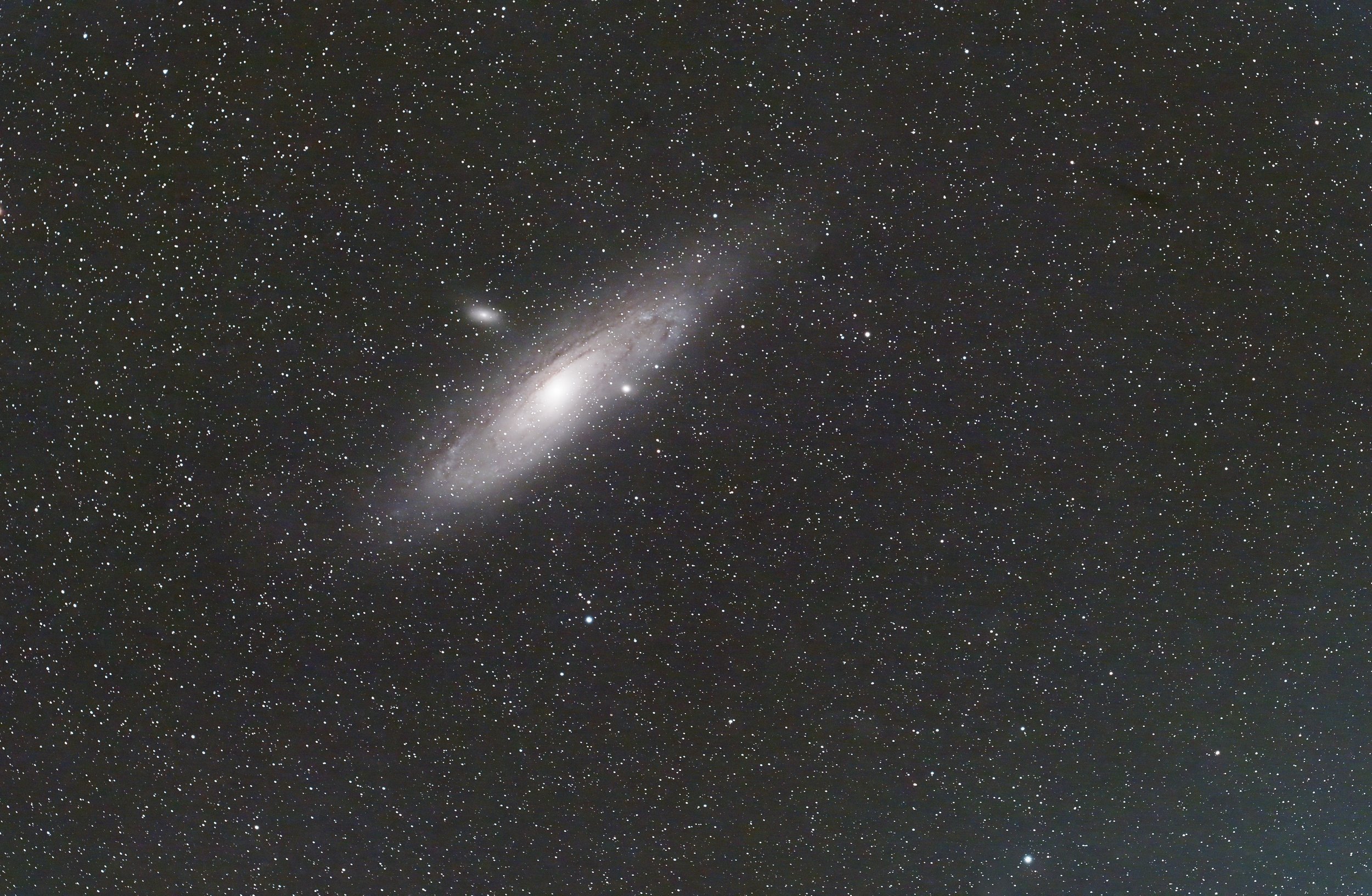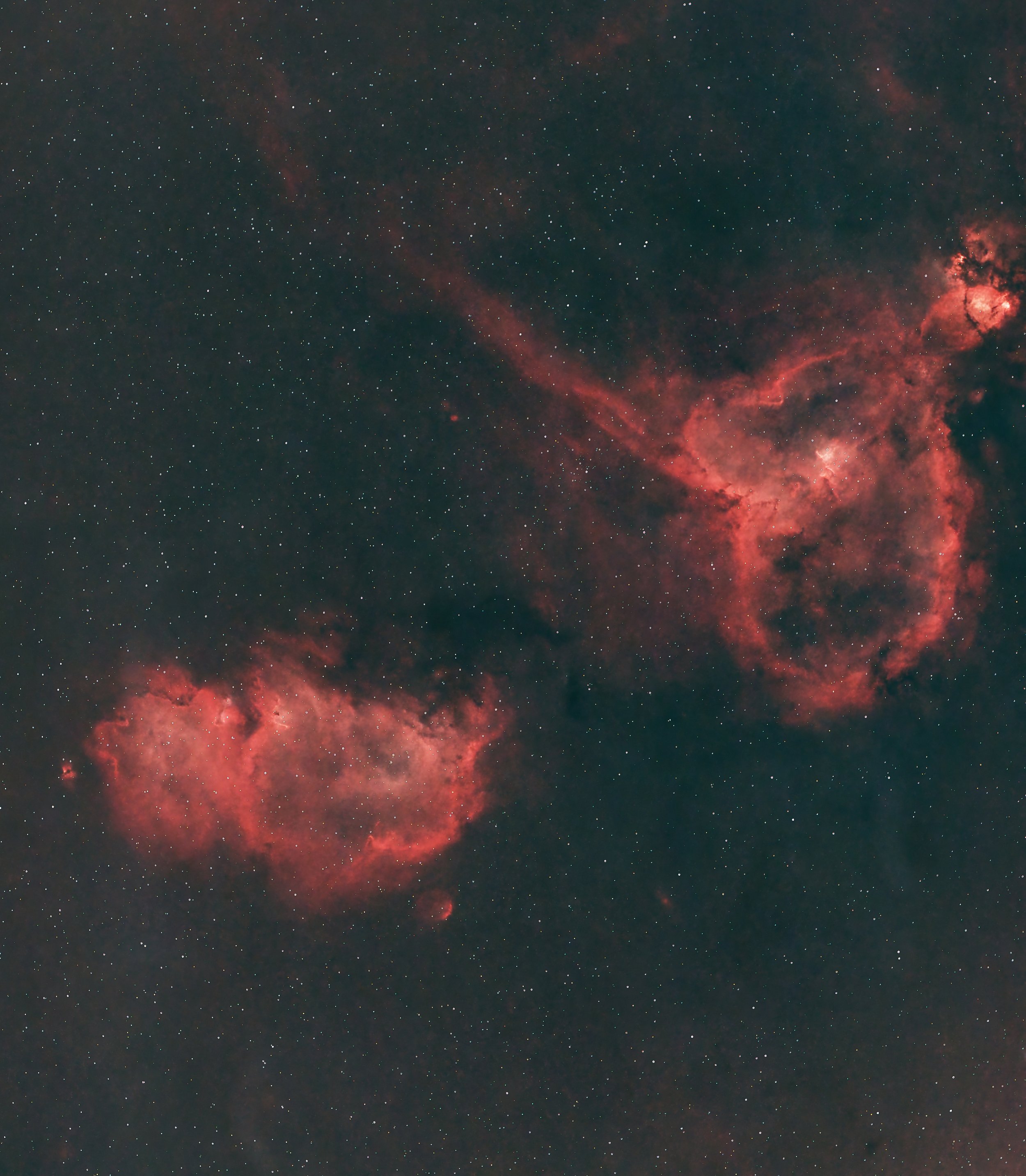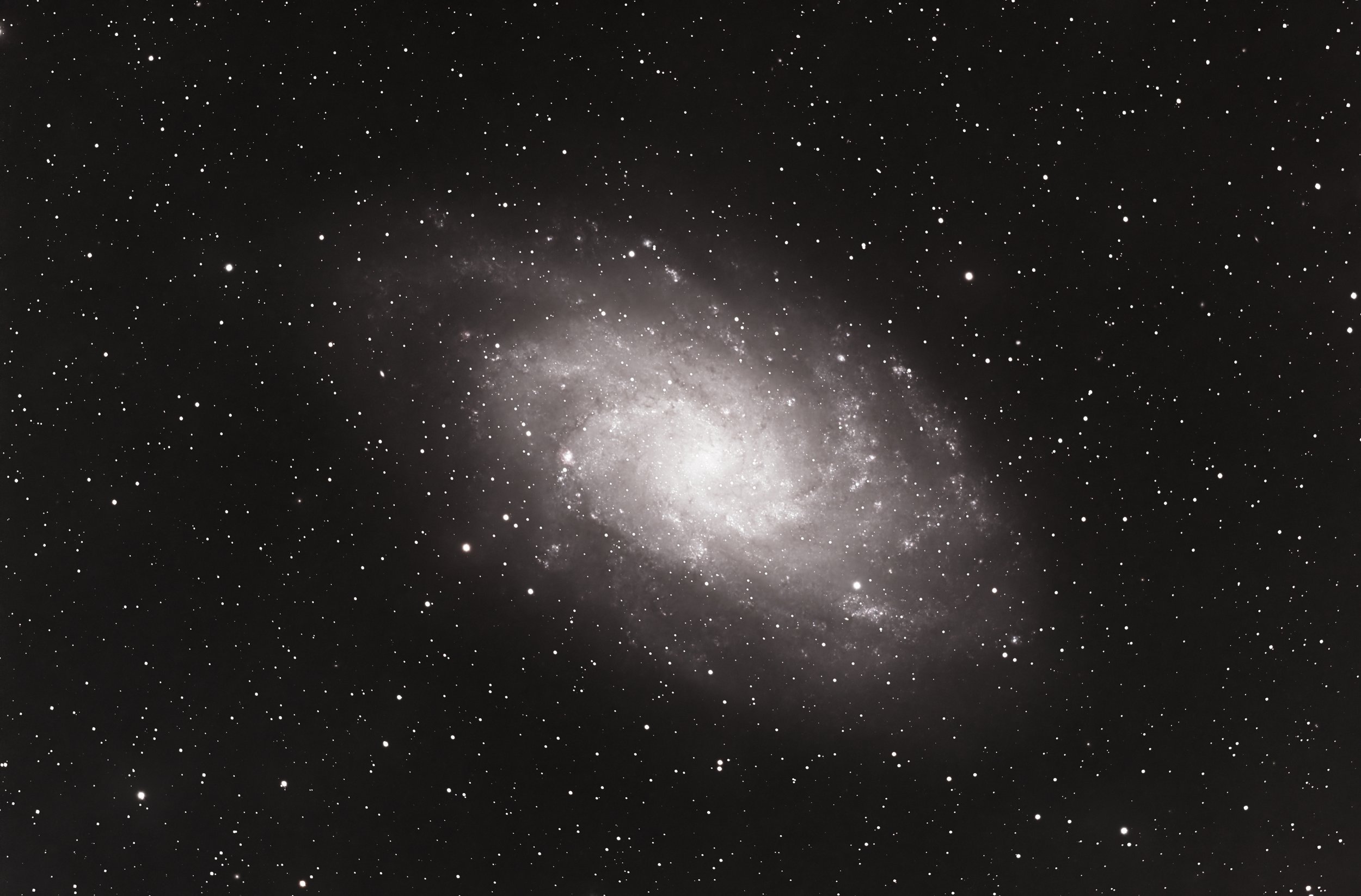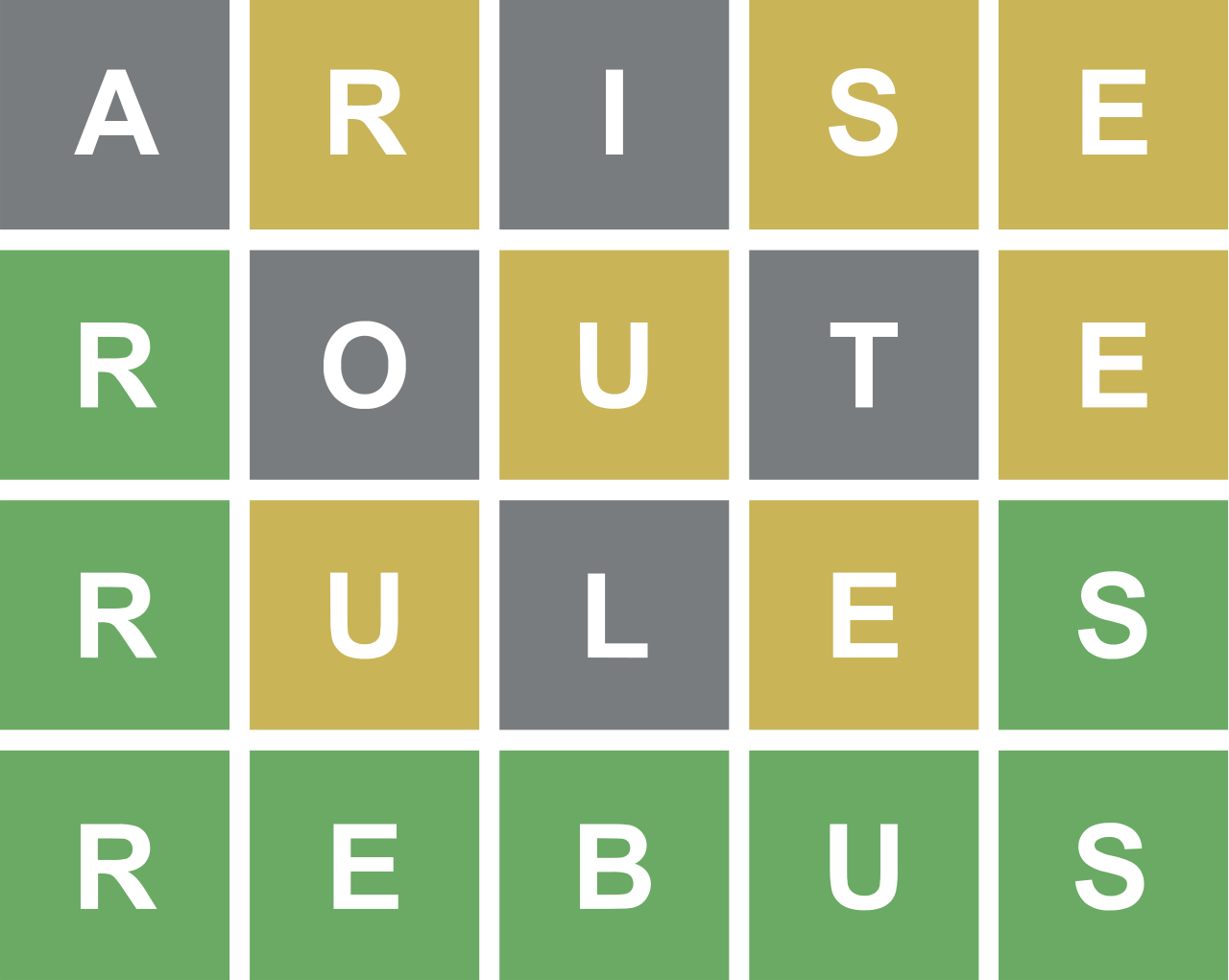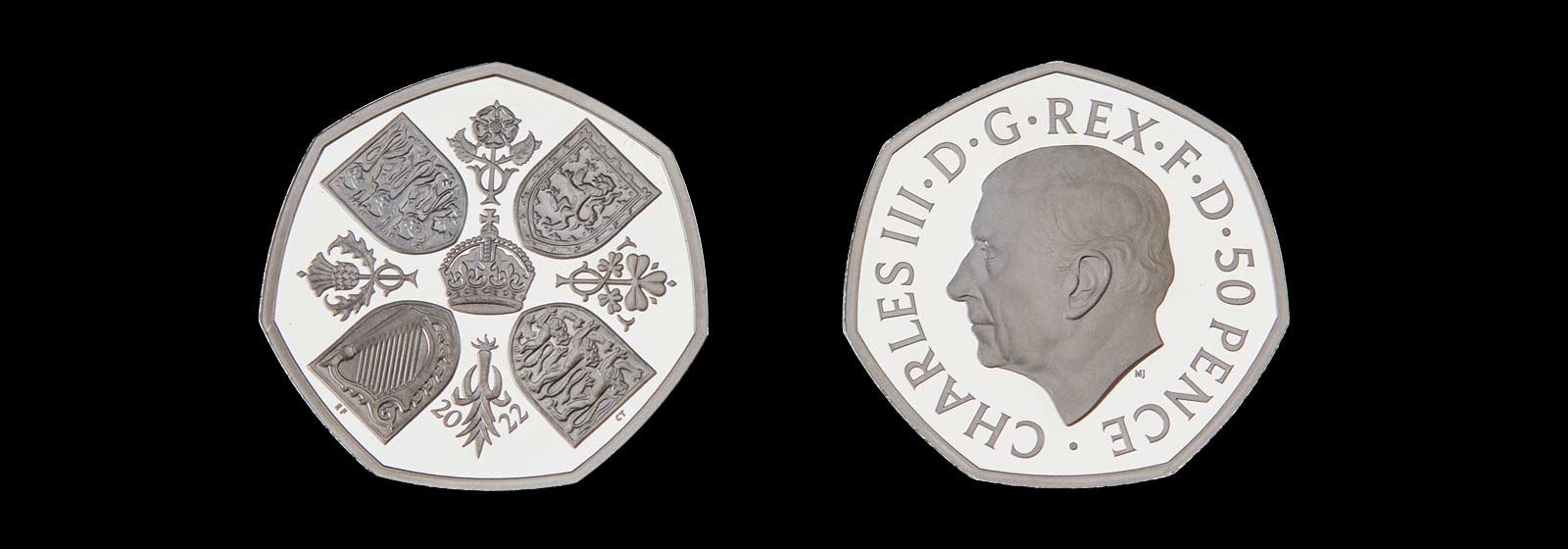18 April 2023
Listen to the lives of the long-ago kids, the world-fighters
The parent-unminding kids, the improper,
The politeness-proof,
The unbowed bully-crushers,
The bedtime-breakers, the raspberry-blowers,
Fighters of fun-killers, fearing nothing, fated for fame.There was Tanya, treat-taker, terror of Halloween,
Her costume-cache vast, sieging kin and neighbor,
Draining full candy-bins, fearing not the fate of her teeth.
Ten thousand treats she took. That was a fine Tuesday.
So begins the mock-epic tale of Bea Wolf, by Zach Weinersmith and Boulet, a delightful adaptation of the Old English epic Beowulf. This latest adaptation of the classic tale will delight children and adults alike.
In it, the titular hero has been transformed into a five-year-old girl and placed into a world of childhood imaginative exaggeration. A world filled with treasure troves of Halloween candy, brave battles with the kids from the next block over, and a fearsome adult-monster, Grindle, who drives King Karl and his gang from their treehouse, Treeheart, with his power to turn children into teenagers. And striding into the scene to rescue Karl and his prepubescent courtiers is Bea Wolf from Heidi’s Hold across the river.
Weinersmith has not only captured the tone and rhythm of the original epic, filling it with alliteration and newly coined kennings for the twenty-first century, but he has also captured the elegiac mood of the Old English poem, for lurking in the background is the knowledge that childhood is fleeting, and imaginative battles and heroic deeds will give way to a life of conference calls, political opinions, and concerns about the stock market.
Accompanying Weinersmith’s imaginative alliterations are Boulet’s wonderful illustrations, not only illustrating the tale but visually echoing the humor and joy of the words. While it’s a perfect book to read aloud to a child, adults will revel in it on their own, as they recall the imaginative fancies of their own childhoods.
While by no means a “faithful translation” (it would be no fun if it were), Bea Wolf does parallel the first third of the Old English epic, the fitts describing the hero’s battle with the monster Grendel. (Yes, the swimming contest and Unferth’s flyting are there too.) And while it does not attempt to parallel the entire poem, it does end with the appearance of Grindle’s mother, leaving the story open for children (and adults) to imagine what great battles and trials will come next.
The book is simply a joy, and I cannot recommend it more highly.
Weinersmith is the author of the internet cartoon Saturday Morning Breakfast Cereal (which I also highly recommend). Boulet is a French cartoonist and illustrator.






